Harmonic Analysis (RMA) Worksheet for the song: Hard Times Come Again No More.
Hard Times Come Again No More
Hard Times Come Again No More is an American parlor song written by Stephen Foster (wikiwand) . It was published in New York City by Firth, Pond & Co. in 1854 as Foster's Melodies No. 28. Well-known and popular in its day, both in the United States and Europe, the song asks the fortunate to consider the plight of the less fortunate and includes one of Foster's favorite images: "a pale drooping maiden". (wikiwand)
The first audio recording was a wax cylinder by the Edison Manufacturing Company (Edison Gold Moulded 9120) in 1905. It has been recorded and performed numerous times since. The song is Roud Folk Song Index #2659. (wikiwand)
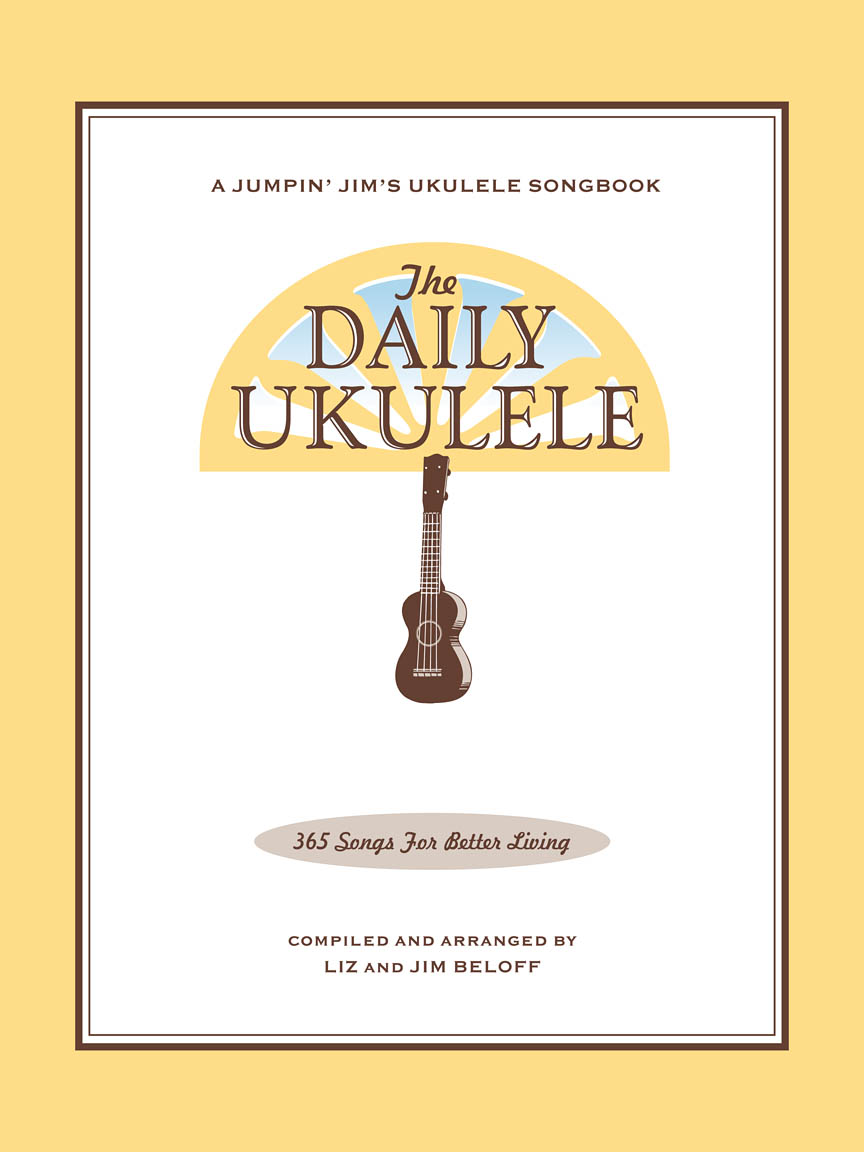
The Daily Ukulele— 365 Songs for Better Living book.




A worksheet is often, really not needed with such a simple Full Diatonic chord progression.
A Simple I , IV , V chord progression. The Tonic , Subdominant and Dominant , the Primary chords of the major key.
In a short amount of time you'll come recognize these simple chord progressions, just by the chord grids listed at the top of the leadsheet (page). And, hearing where the chords are naturally changing.
Scale Choices
For a Full Diatonic chord progression the first choice scale is the Major scale in the key of the progression. A subset of the Major scale is the Major Pentatonic – the Major scale with no 4th or 6th scale degrees.
A Harmonic Analysis (RMA/HA) and its worksheet are intended to show the function of the chords, the harmonic principles used, the keys and tonalities the song explores. And, can be used for scale selections and chord and scale substitutions.
lead leadsheet.Minimal roadmap information such as repeats, fine, D.S., D.C., and codas has been used in preparing the worksheets to somewhat mirror the leadsheet in the Daily Ukulele book.
Yellow Book. You should start to recognize that 1st endings typically always return to a previous verse or an
 section. With a 2nd ending, a transition to a different part of the song, a
section. With a 2nd ending, a transition to a different part of the song, a  or chorus. Harmonic Principles are used for these repeats and transitions.
or chorus. Harmonic Principles are used for these repeats and transitions.Hard Times Come Again No More is in 4/4, Common Time and the Key of Eb .
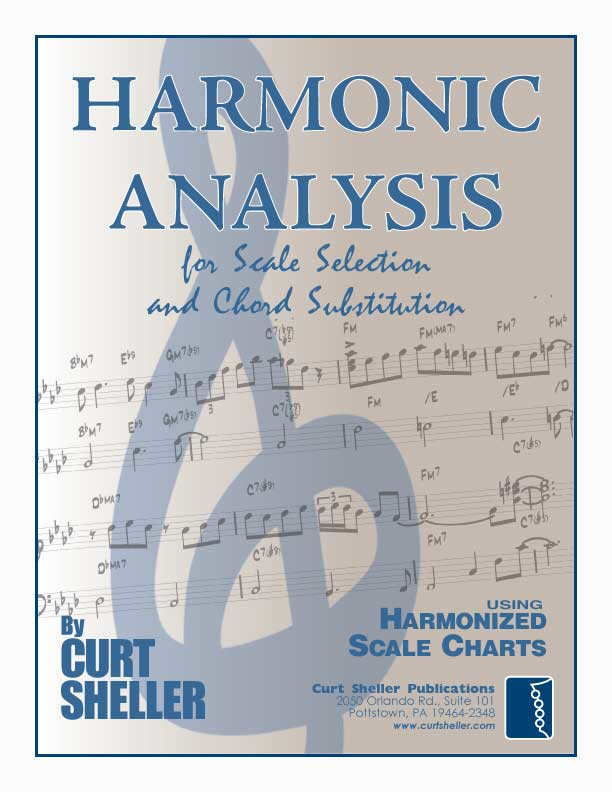
Contemporary Scales: Minor Pent: Minor Pentatonic, Pent: Major Pentatonic, Blues,
Scale/Mode Names: Ion: Ionian (Major), Dor: Dorian (Minor), Phrygian: Phrygian, Lyd: Lydian, Mix: Mixolydian (Dominant), Aeol: Aeolian (Natural Minor), Loc: Locrian
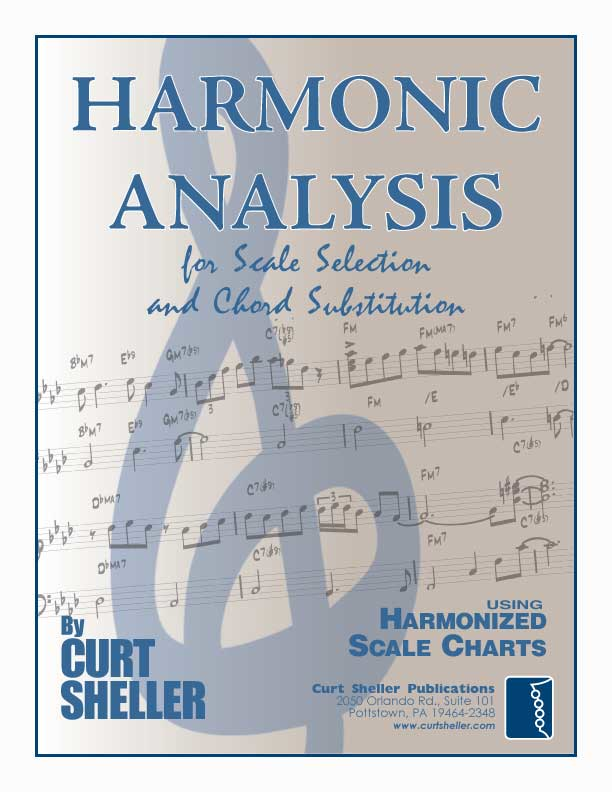

A worksheet is often, really not needed with such a simple Full Diatonic chord progression.
A Simple I , IV , V chord progression. The Tonic , Subdominant and Dominant , the Primary chords of the major key.
In a short amount of time you'll come recognize these simple chord progressions, just by the chord grids listed at the top of the leadsheet (page). And, hearing where the chords are naturally changing.
Scale Choices
For a Full Diatonic chord progression the first choice scale is the Major scale in the key of the progression. A subset of the Major scale is the Major Pentatonic – the Major scale with no 4th or 6th scale degrees.
- (wikiwand) Hard Times Come Again No More
-
Hard Times Come Again No More
Mavis Staples -
Hard Times (Come Again No More) (London Calling: Live In Hyde Park, 2009) &-dash; Bruce Springsteen
Hard Times (Come Again No More) (London Calling: Live In Hyde Park, 2009)
Related Lessons, Videos, Lesson Series, Songs, Books & Reference Charts, Resources & Assets, Workshops are below.
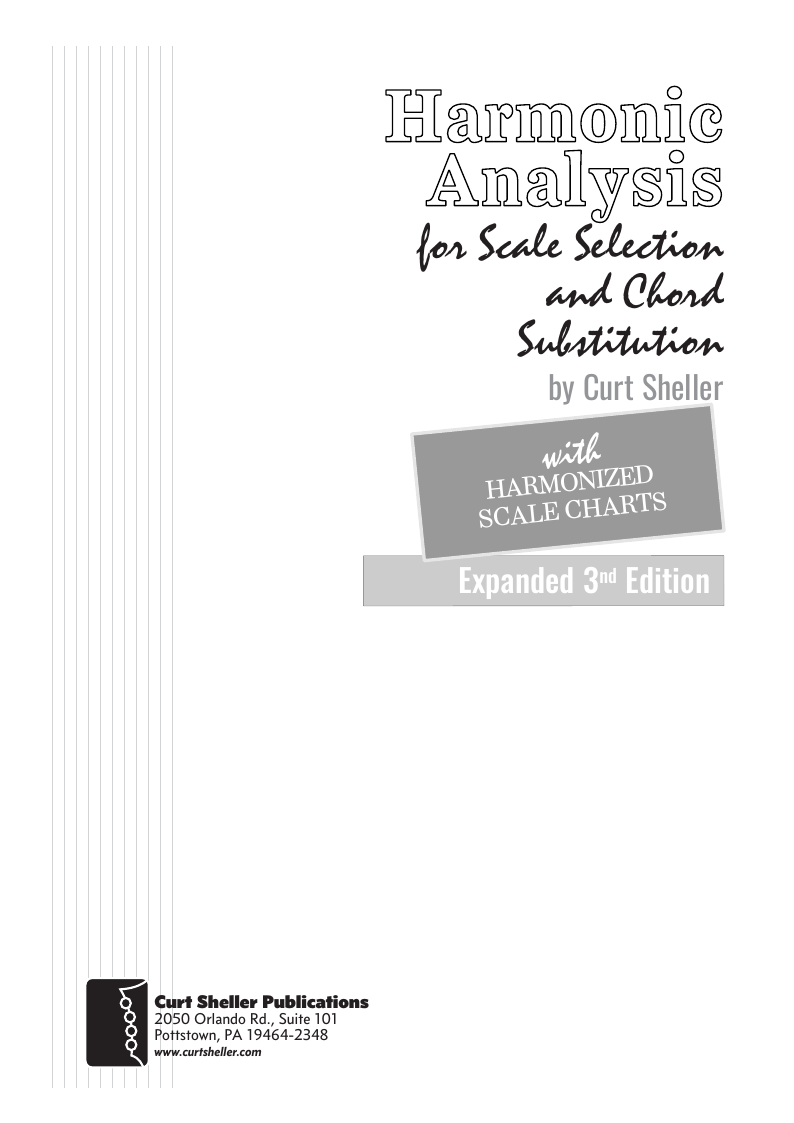
Harmonic Analysis ( HA ) is the process used to determine the harmonic function of chords within a chord progression. A chord progression is defined as a sequence of chords, each chord has a root and has a particular chord type. The relationship of a chord's root to a scale determines its function within that scale's tonality. Once a chord's function is identified, scale selections along with chord and scale substitutions can be made. This process is called Root Movement Analysis ( RMA ). This series of lessons are extracted from my book for use with individual private and on-line students. Each lesson directly corresponds the chapters in my book Harmonic Analysis for Scale Selection and Chord Substitution by Curt Sheller (me).

Harmonic Analysis (HA), also known as the study of chord relationships, is the method used to identify the harmonic role of chords within a chord progression or song. A chord progression refers to a sequence of chords, with each chord having a root note and belonging to a specific chord type. The function of a chord within a particular scale's tonality is determined by its relationship to that scale.

Harmonic Analysis is the understanding of the functional sequence of chords. It is the process used to analyze the harmonic structure of a progression, song or composition. This analysis is then used to make scale selections for improvisation and chord substitution.
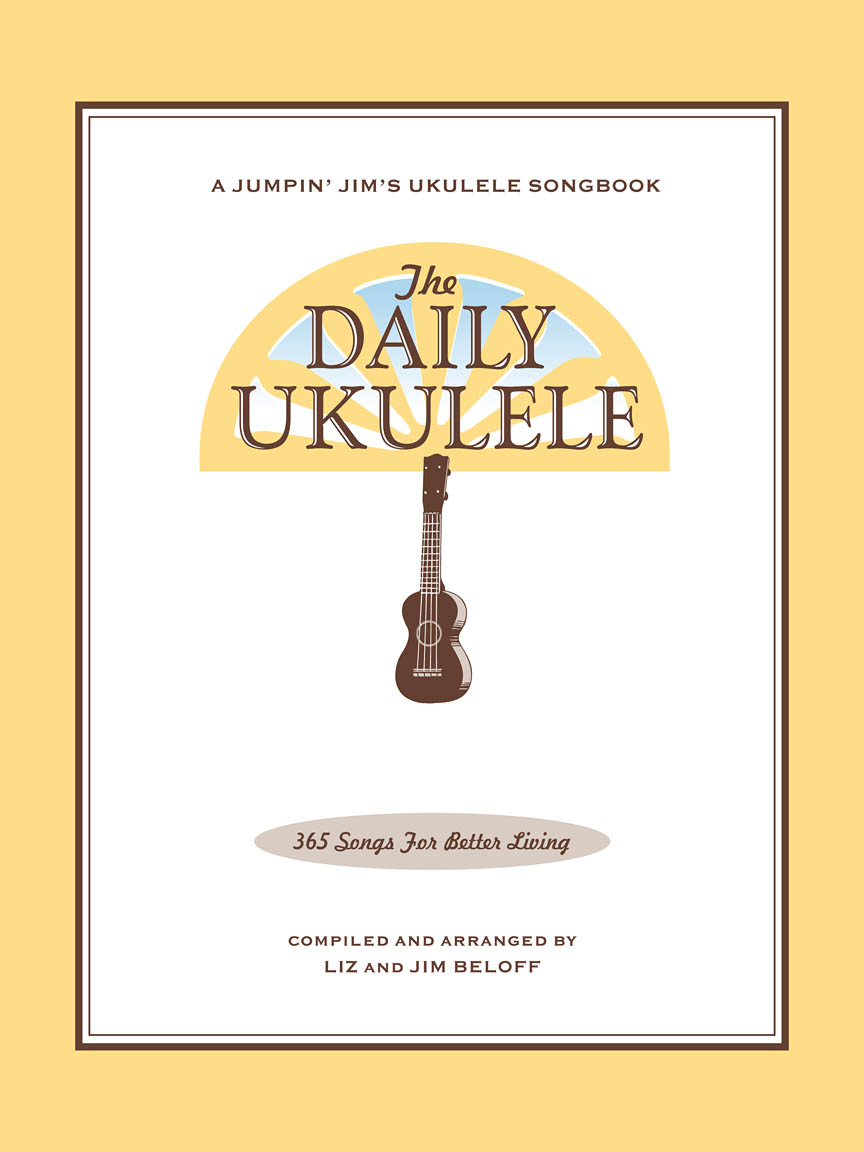
Strum a different song every day with easy arrangements of 365 of your favorite songs in one big songbook! The Daily Ukulele features ukulele arrangements with melody, lyrics and uke chord grids and are in ukulele-friendly keys that are particularly suited for groups of one to one hundred to play and sing.
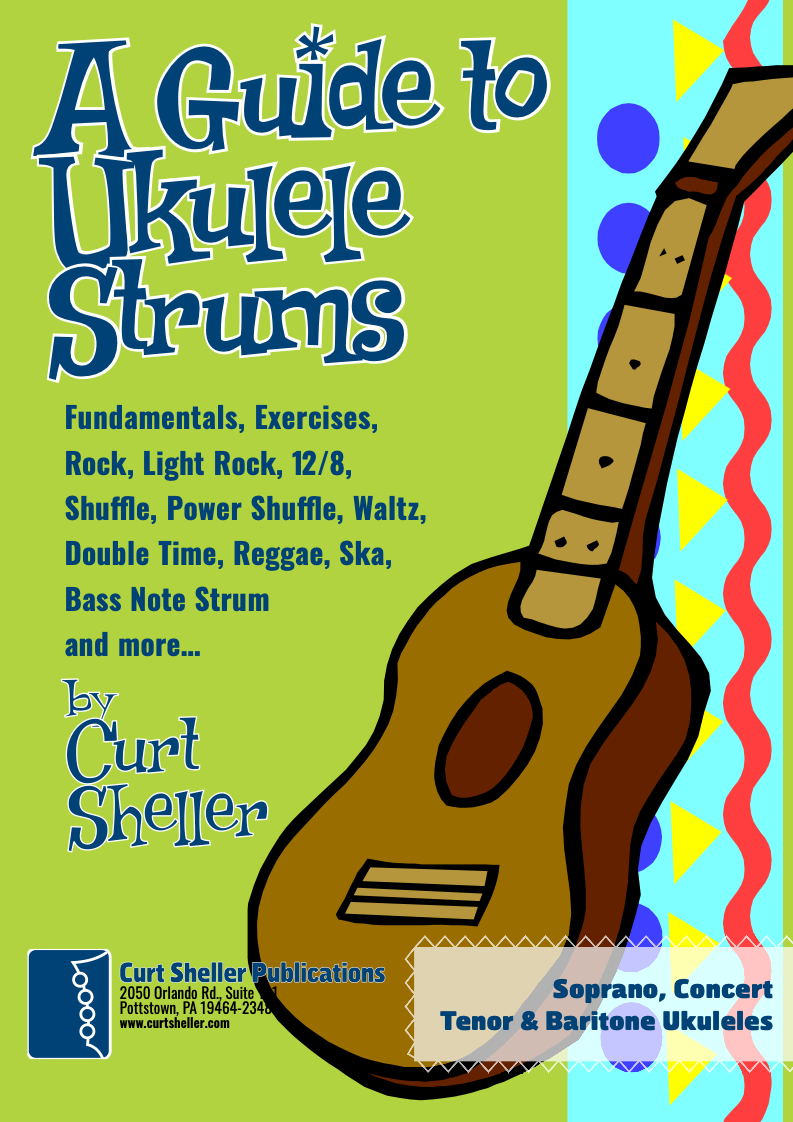
Learn a variety of strums and rhythmic patterns in wide range of musical styles. One of the first skills a ukulele player learns is the art and craft of strumming, playing rhythm. This refers to an accompaniment technique suitable for the singer, singer - songwriter or someone who plays a support role for another instrument.

Finally, learn the names of the notes of the ukulele fingerboard in C tuning .

Learn the six fingering principles to navigating the ukulele fingerboard. Fingering is one of the most universal topics. Book: Six Secrets of the Ukulele Fingering

Harmonic Analysis is the understanding of the functional sequence of chords. It is the process used to analyze the harmonic structure of a progression, song or composition. Book: Harmonic Analysis for Scale Selection and Chord Substitution

Learn to read single note melodies in the first/open position is a lot easier than you might think. Book: Ukulele – Reading Music Series – Primer

An organized collection of daily practice and reference material for the contemporary ukulele player for developing the vocabulary and knowledge necessary for single note playing. Book: Daily Practice Material for the Contemporary Ukulele
Checkout the Books & Reference Charts for additional Handy, Dandy Reference Charts.

Ukulele Fingerboard Chart for C Tuning, Low or High G – G C E A

Ukulele Fingerboard Chart for G Tuning, Low or High A – D G B E

A handy reference chart of all 15 major and relative minor key signatures. US Letter 8.5 x 11 sized (ANSI-A), A4
Checkout the Books & Reference Charts for additional Handy, Dandy Reference Charts.







.jpg)